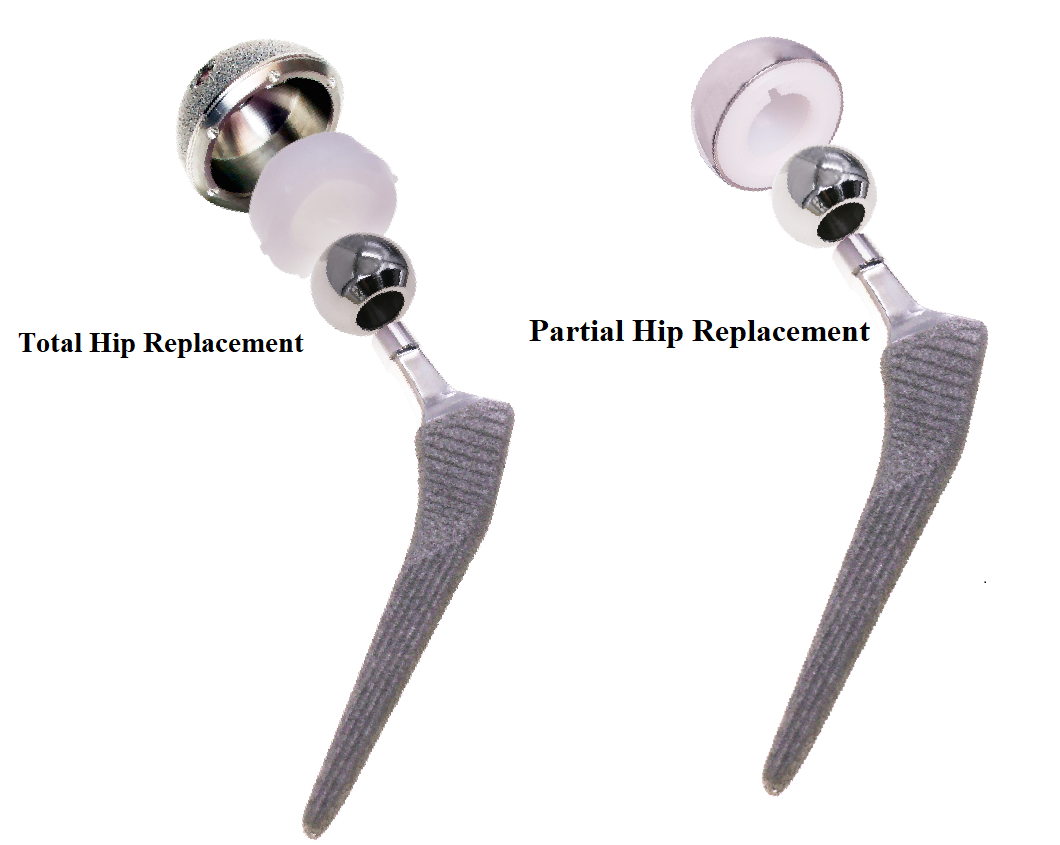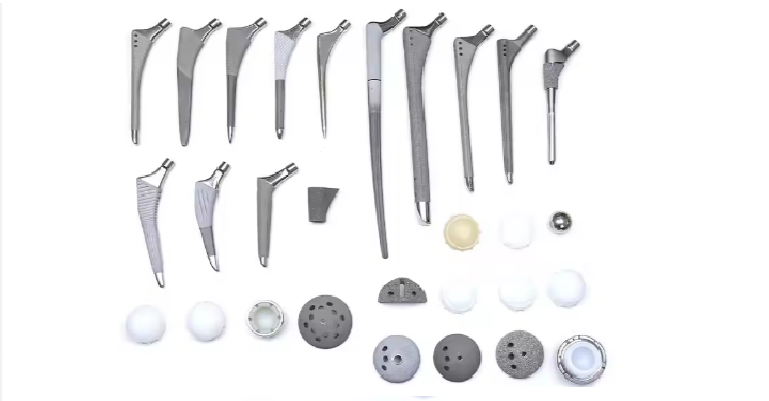A hip implant is a medical device used to replace a damaged or diseased hip joint, relieve pain and restore mobility. The hip joint is a ball and socket joint that connects the femur (thigh bone) to the pelvis, allowing for a wide range of motion. However, conditions such as osteoarthritis, rheumatoid arthritis, fractures or avascular necrosis can cause the joint to deteriorate significantly, leading to chronic pain and limited mobility. In these cases, a hip implant may be recommended.
Surgery to implant a hip joint typically involves a surgical procedure called a hip joint replacement. During this procedure, the surgeon removes the damaged bone and cartilage from the hip joint and replaces it with an artificial implant made of metal, plastic, or ceramic material. These implants are designed to mimic the natural structure and function of a healthy hip joint, allowing patients to regain the ability to walk, climb stairs, and participate in daily activities without discomfort.
There are two main types of hip implants: Total hip replacement and Partial hip replacement. A total hip replacement involves replacing both the acetabulum (socket) and the femoral head (ball), while a partial hip replacement typically replaces only the femoral head. The choice between the two depends on the extent of the injury and the specific needs of the patient.
Recovery after hip implant surgery varies, but most patients can begin physical therapy soon after surgery to strengthen surrounding muscles and improve mobility. With advances in surgical techniques and implant technology, many people experience a significant improvement in their quality of life after hip implant surgery, allowing them to return to their favorite activities with renewed vigor.
A typical hip joint implant consists of three main components: The femoral stem, the acetabular component, and the Femoral Head.
In summary, it is crucial for patients considering this surgical option to understand the components of a hip implant. Each part plays an important role in ensuring the functionality, durability of the implant, and the patient’s quality of life after surgery. As technology advances, hip implant designs and materials are also evolving, hopefully leading to better outcomes for those in need.
Post time: Feb-18-2025


